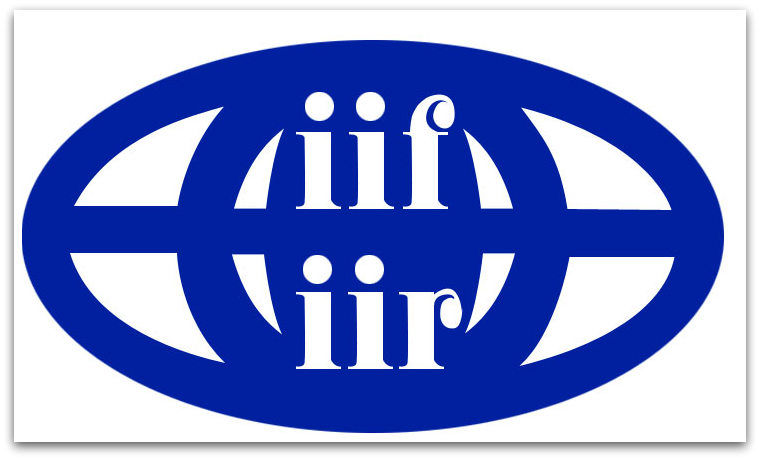Structural and parametric optimization of ducted supply and exhaust ventilation. Part 2
DOI: 10.17586/1606-4313-2025-24-1-19-28
UDC 697.921.47
Tsygankov A.V., Dolgovskaya O.V., Vinogradsky Dmitry V.
Keywords: supply and exhaust ventilation, selection of equipment, method of weighting factors, method of limitations, method of approximation, method of deviation, optimization.
UDC 697.921.47
Structural and parametric optimization of ducted supply and exhaust ventilation. Part 2
For citation: Tsygankov A.V., Dolgovskaia O.V., Vinogradsky D.V. Structural and parametric optimization of ducted supply and exhaust ventilation. Part 2. Journal of International Academy of Refrigeration. 2025. No 1. p. 19-28. DOI: 10.17586/1606-4313-2025-24-1-19-28
Abstract
The article discusses the methodology for selecting components for ducted air handling units (AHU). A distinctive feature of ducted supply and exhaust units is the variety of designs of the same type of AHU blocks. Based on the catalogs of several manufacturers, a table of AHU component blocks was generated. The analysis shows that not all manufacturers have equipment selection programs and not all manufacturers have a complete list of system units. There is a need to evaluate the options offered by various designers and choose the best one. To solve the problem of multicriteria optimization, the article considers: the method of weighting factors, the method of restrictions, the method of approximation, and the method of deviation (minimax). To evaluate the AHU, the following local criteria have been adopted: cost of the AHU, design power in summer operation, design power in winter operation, total weight, and reliability. For the computational experiment, eight options for the layout of blocks from several manufacturers were generated for installations with a recuperative heat exchanger. A table of local criteria for the alternative options under consideration and a table of weighting coefficients of local criteria were generated. The coefficients were calculated using the paired comparison method based on the assessments of three independent experts. The results of calculating the additive function for AHU variants are presented. For the approximation method, a virtual installation is adopted as a standard, the local criteria of which are the best from the totality of all alternative options. In the conclusion of the article, we give an algorithm for solving the optimization problem of choosing the layout for AHU blocks.
Abstract
The article discusses the methodology for selecting components for ducted air handling units (AHU). A distinctive feature of ducted supply and exhaust units is the variety of designs of the same type of AHU blocks. Based on the catalogs of several manufacturers, a table of AHU component blocks was generated. The analysis shows that not all manufacturers have equipment selection programs and not all manufacturers have a complete list of system units. There is a need to evaluate the options offered by various designers and choose the best one. To solve the problem of multicriteria optimization, the article considers: the method of weighting factors, the method of restrictions, the method of approximation, and the method of deviation (minimax). To evaluate the AHU, the following local criteria have been adopted: cost of the AHU, design power in summer operation, design power in winter operation, total weight, and reliability. For the computational experiment, eight options for the layout of blocks from several manufacturers were generated for installations with a recuperative heat exchanger. A table of local criteria for the alternative options under consideration and a table of weighting coefficients of local criteria were generated. The coefficients were calculated using the paired comparison method based on the assessments of three independent experts. The results of calculating the additive function for AHU variants are presented. For the approximation method, a virtual installation is adopted as a standard, the local criteria of which are the best from the totality of all alternative options. In the conclusion of the article, we give an algorithm for solving the optimization problem of choosing the layout for AHU blocks.
Keywords: supply and exhaust ventilation, selection of equipment, method of weighting factors, method of limitations, method of approximation, method of deviation, optimization.












